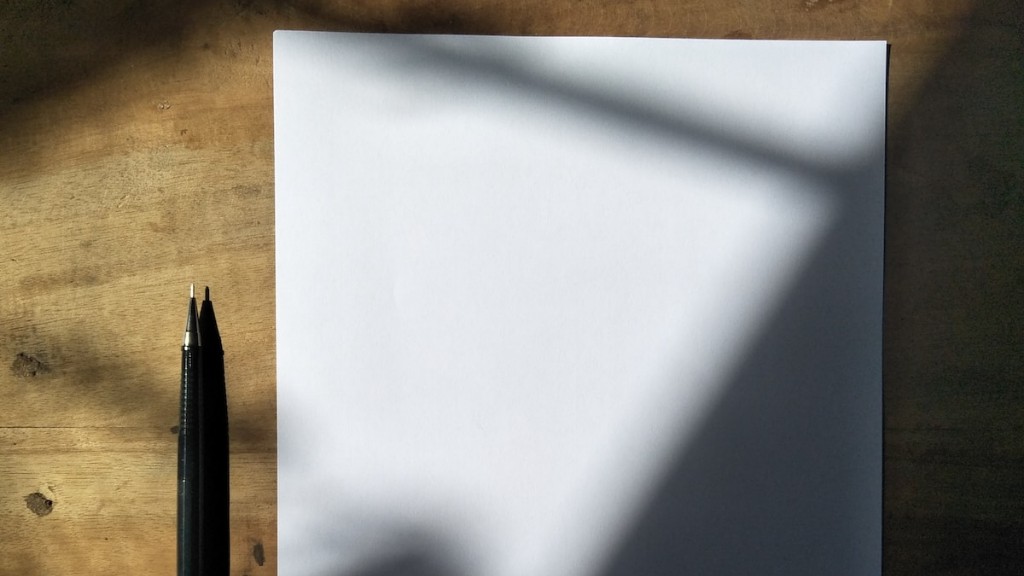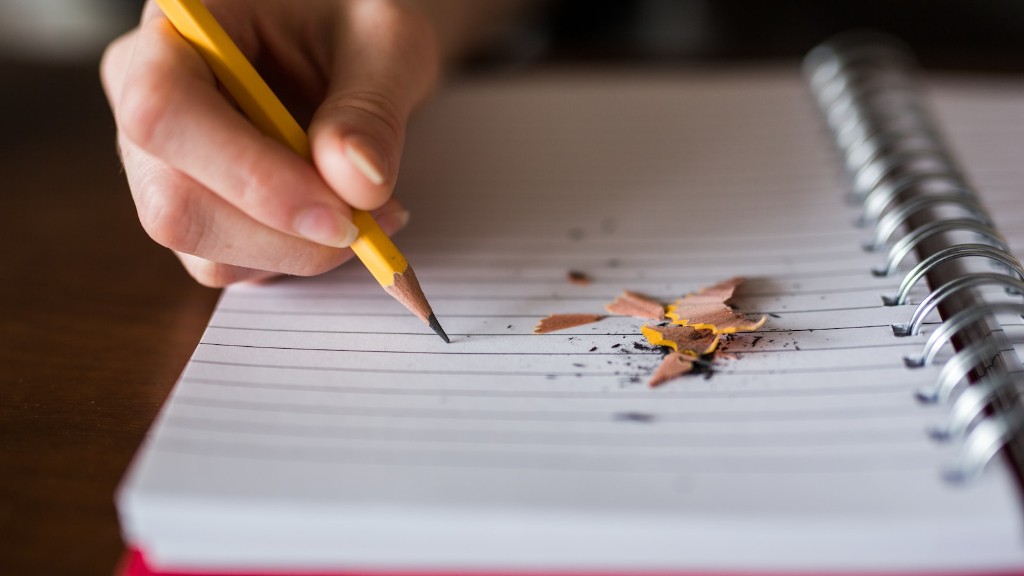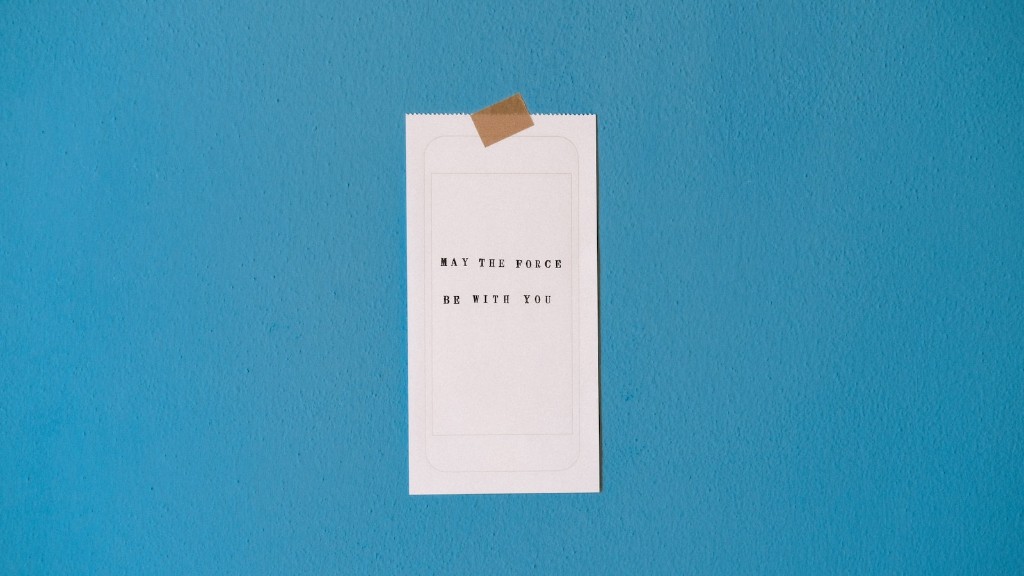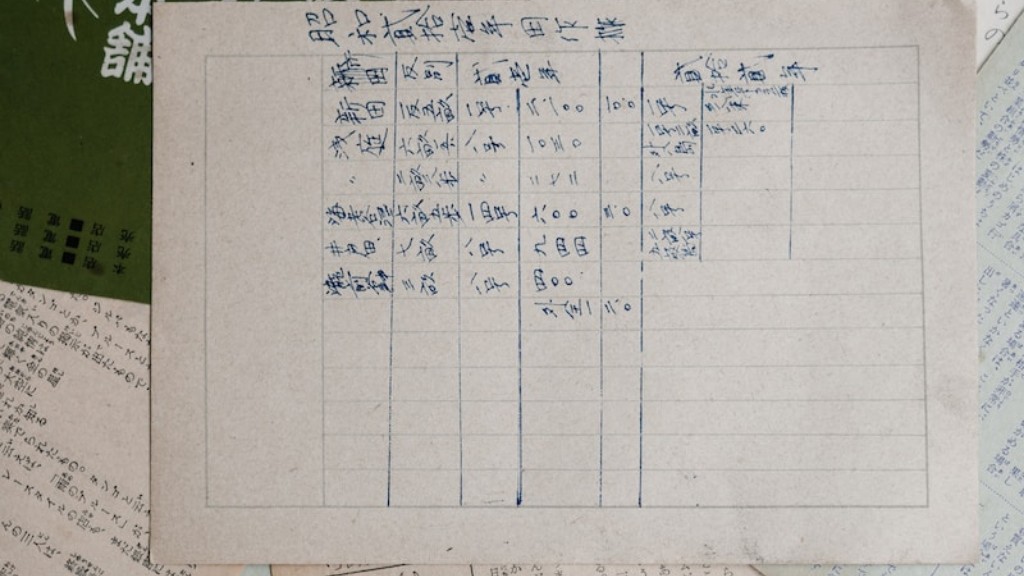Printing using check paper requires careful technique and precise protocol. Such precision is necessary so as to prevent any misprinting or smudging. Whenever one’s printer runs on check paper, the paper must first be inserted in an appropriate manner. There are, however, certain steps that must be taken to ensure that the paper is inserted properly.
First and foremost, the user must remove all paper trays from the printer. This is to prevent any unnecessary bulges from forming in the paper which could cause it to jam. Once all trays are removed, the user should then put their check paper into the paper tray. Make sure the paper is placed face down when doing this. It is important to note that check paper is more sensitive to ink and pressure variations than regular paper so it is best to handle it gently with care.
The user should then adjust the paper’s size settings. These settings are typically found on the printer’s control panel. The user should make sure the settings are in line with the check paper’s size. If the size is not properly adjusted, the check paper will have difficulty moving through the printer.
Next, the user should also adjust the paper’s feed option. This will depend on the type of check paper that is being used. For instance, glossy check paper will need to be set to a special feeding option as it is more prone to jamming than regular check paper.
Moreover, some printers require specific ink cartridges to print on check paper. These carts should be certified by the printer’s manufacturer. Installing the right ink cart will guarantee that the printer prints on check paper without any issues.
Finally, the user should also check the printer’s alignment before printing on check paper. Misalignment can cause the check paper to jam into the printer. This can be prevented by ensuring that the printer is properly calibrated and lined up.
Pre-Set Utilities and Troubleshoot
Most modern-day printers come with pre-installed utilities and settings which allow for efficient printing on check paper. These utilities come with detailed instructions and adjustments that the user can make to ensure that the check paper prints properly. However, if end-user is facing any hard time to set up, one should not hesitate to contact the printer’s manufacturer for technical advice.
Similarly, should any issues occur while printing with check paper, the user should first troubleshoot the printer before calling for help. Most errors can be easily fixed with a few simple instructions. This is why it is important to familiarize oneself with the printer’s manual and read all the instructions to ensure that the correct settings are being used.
Supported Check Paper
It is important to note that not all printers are designed for printing with check paper. This means that only certain models are compatible with the paper. Furthermore, some models may not support certain types of check paper, such as glossy paper. As such, one should always check the product manual before attempting to use any type of check paper in their printer.
Moreover, each printer can also only handle a certain amount of check paper. Usually, the maximum number of sheets that can be printed in a single session is around 200. Therefore, if one wishes to print more than 200 sheets, they should consult the printer’s manual for more information on how to increase the page capacity.
Lastly, users should also be aware of the fact that check paper is considerably more expensive than regular paper. This is due to the fact that the paper is pre-printed with intricate designs and formats.
User Protection and Safety Measures
When printing on check paper, the safety of the user must be taken into consideration. This means that the printing area should be well-ventilated to prevent any serious injuries from occurring. Furthermore, any chemicals or ink fumes that might be present should also be eliminated to reduce the risk of any long-term illnesses.
Moreover, the user should never attempt to clean or repair any part of the printer while it is working. Doing so might create sparks which can start a fire and put the user at risk.
In addition, the user should also be aware that any incorrect insertions of paper might cause the printer to malfunction in the future. Therefore, it is important to make sure that the check paper is inserted properly and not jammed up inside the printer.
Lastly, it is important to remember that check paper is often pre-printed with important information. This information is usually confidential and should never be exposed or shared to anyone. As such, it is best to ensure that the printer is kept in a safe, confidential place.
Check Paper Consumables
Printing on check paper requires some consumables in order to ensure that printing is smooth and efficient. This includes inks and toners which have to be of the right quality and certified by the manufacturer. This ensures that the printer is able to print on check paper without any errors.
Furthermore, some printers also require specific ribbons to print on check paper. Such ribbons also have to be of the right quality and certified by the manufacturer in order for the printer to produce quality prints.
Additionally, the user should also remember that check paper is more expensive than regular paper. Therefore, one must be careful not to waste any paper. Rationing the paper and print documents only when necessary will save both time and money.
Lastly, the user should also remember to purchase the right type of paper which is compatible with their printer. Doing so will ensure that the printer does not suffer any damage from substandard paper.
Maintenance and Care Process
Printing on check paper requires regular maintenance and care if one wants to prevent their printer from breaking down. This includes cleaning the printer’s interior and exterior parts regularly. Dirt and dust can accumulate inside the printer and cause it to malfunction in the future.
Besides that, the user should also lubricate the printer’s rollers and other mechanisms to ensure that it is functioning smoothly. Doing this will prevent any jams or malfunctions from occurring.
In addition, it is important to remember that check paper is more sensitive than regular paper. Therefore, the user should take extra precautions when handling the paper. This includes being gentle with the paper and avoiding dropping or folding it.
Moreover, the user should also review the printer’s manual before attempting to print on check paper. This will provide the user with the necessary instructions and guidelines needed to ensure that the printing process is done correctly.
Lastly, the user should check the printer regularly to assess its condition. This way, any issues can be identified and prevented early on before they become major problems.



